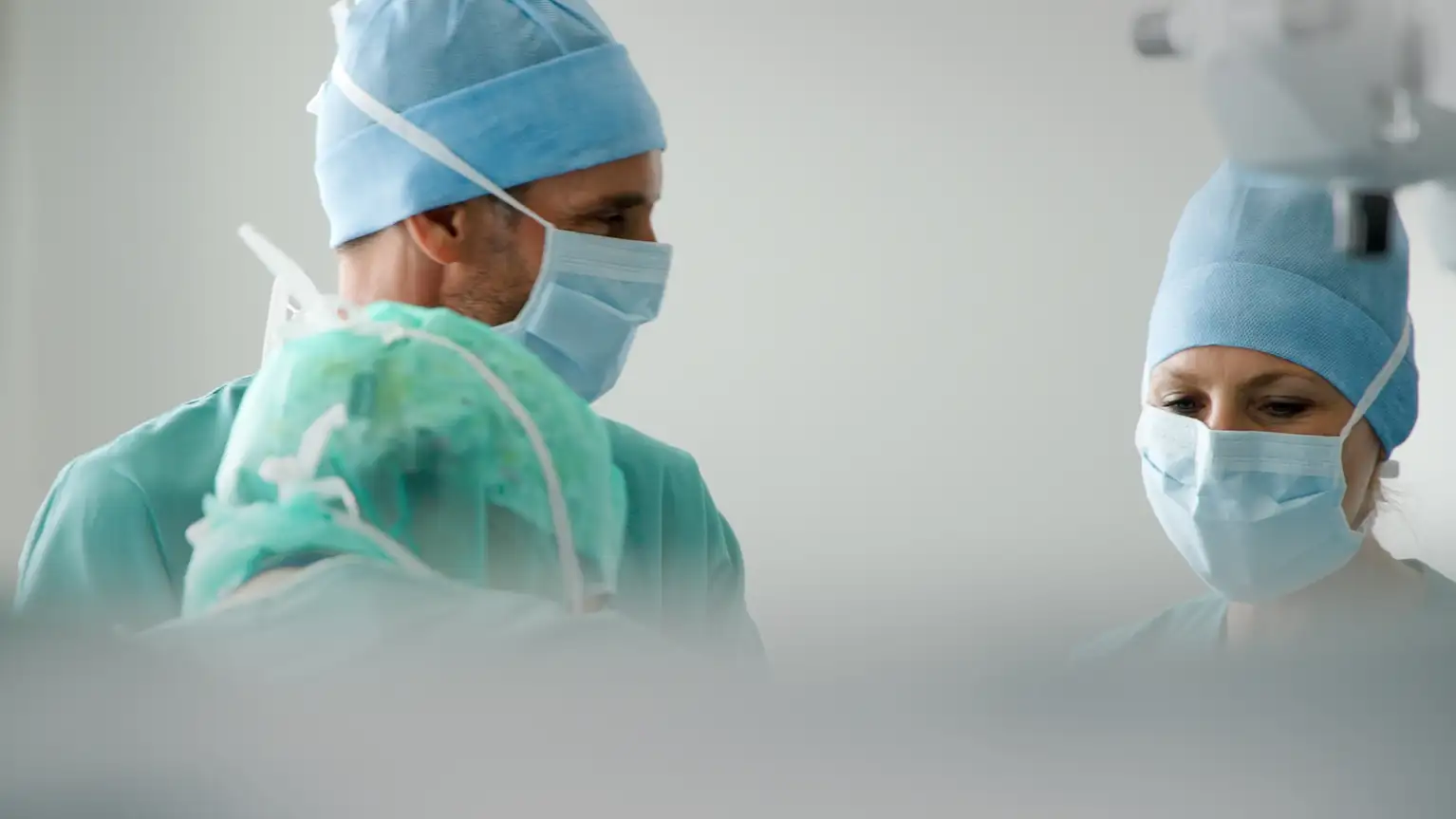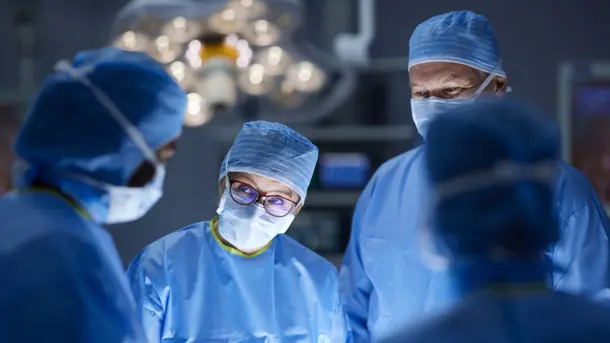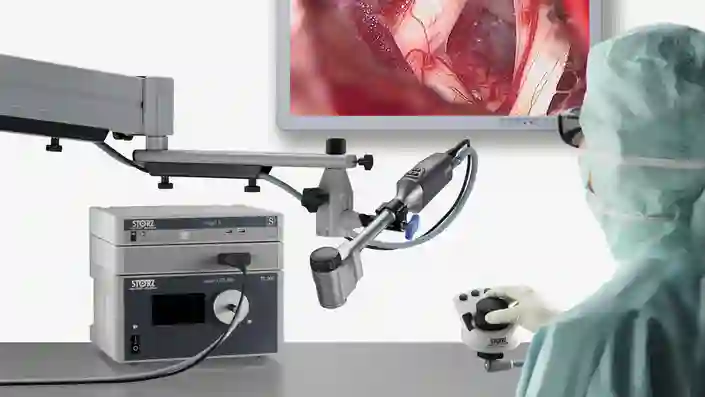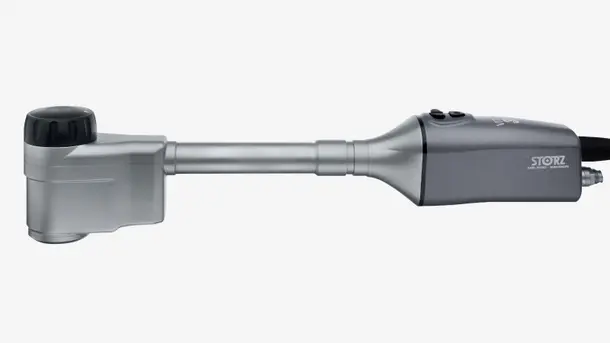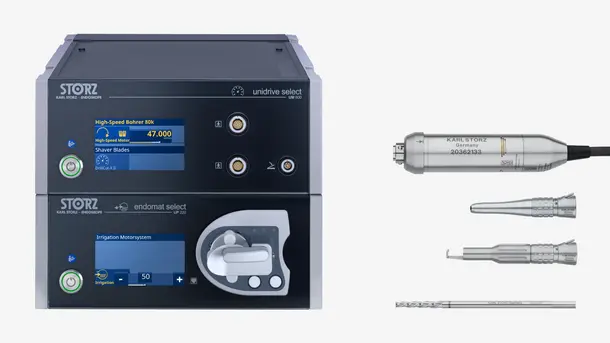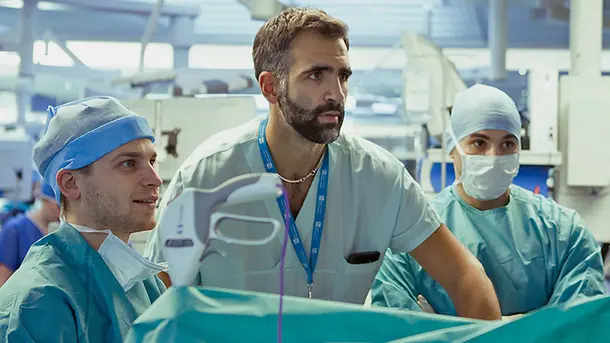Spotlight
Solutions in the Spotlight
Highlights
Highlights by Procedure
Endoscope-assisted & Keyhole Neurosurgery
Our comprehensive, interdisciplinary, and integrated solutions increase surgical treatment options in endoscope-assisted and keyhole microneurosurgery for various kinds of intracranial tumors, cysts and neurovascular lesions as well as skull base pathologies not targetable through the nose.
Everything you’ll need to get started
Highlights from our range
Surgical Motor System for Neurosurgery
Our UNIDRIVE® SELECT multidisciplinary and modular motor system is designed to offer a range of customization possibilities along with synergistic benefits in cross-specialty integration.
Everything you’ll need to get started
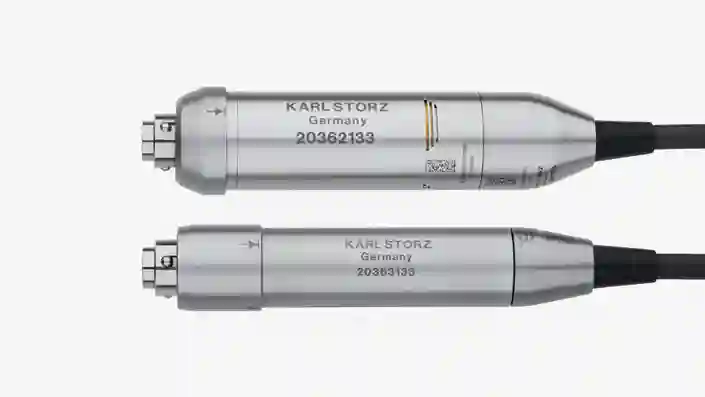
High-speed motors
Air-cooled HighDrive® is designed to deliver consistent performance and comfort during long procedures. Compact, low-weight LightDrive is quiet even at high speeds.
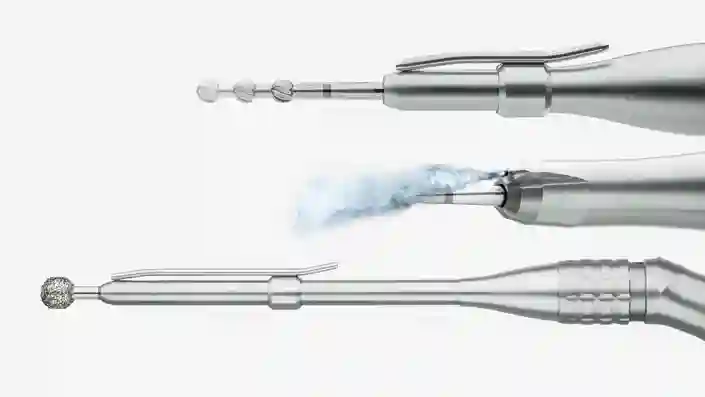
High-speed handpieces
Our high-speed handpieces come in many lengths and are compatible with HighDrive® and LightDrive micro motors, with speeds up to 80,000 rpm.
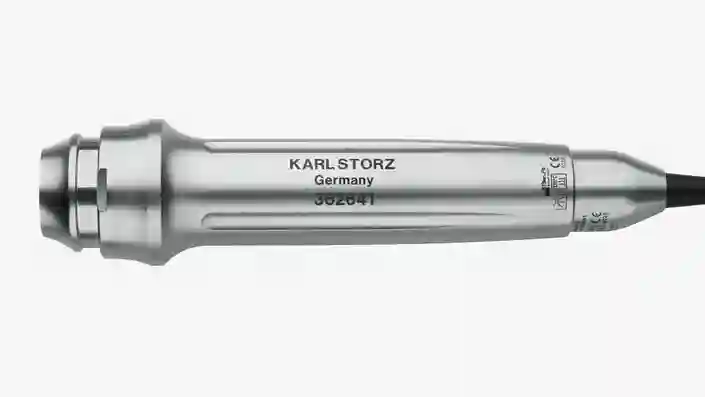
Perforator
The ergonomic perforator is designed for power and control during trepanation procedures.
Highlights from our range
Integration
Create state-of-the-art surgical spaces tailored to your needs
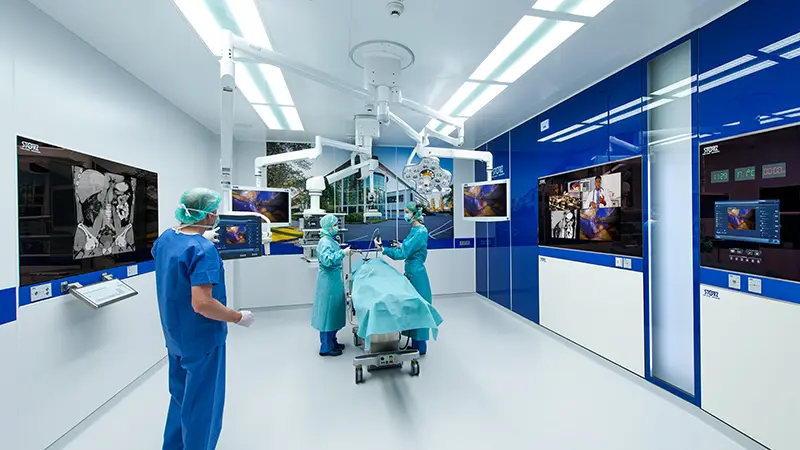
OR1
The future of operating room integration
OR1™ is the innovative integration solution for the operating room and offers expandable systems that can be customized to your needs.
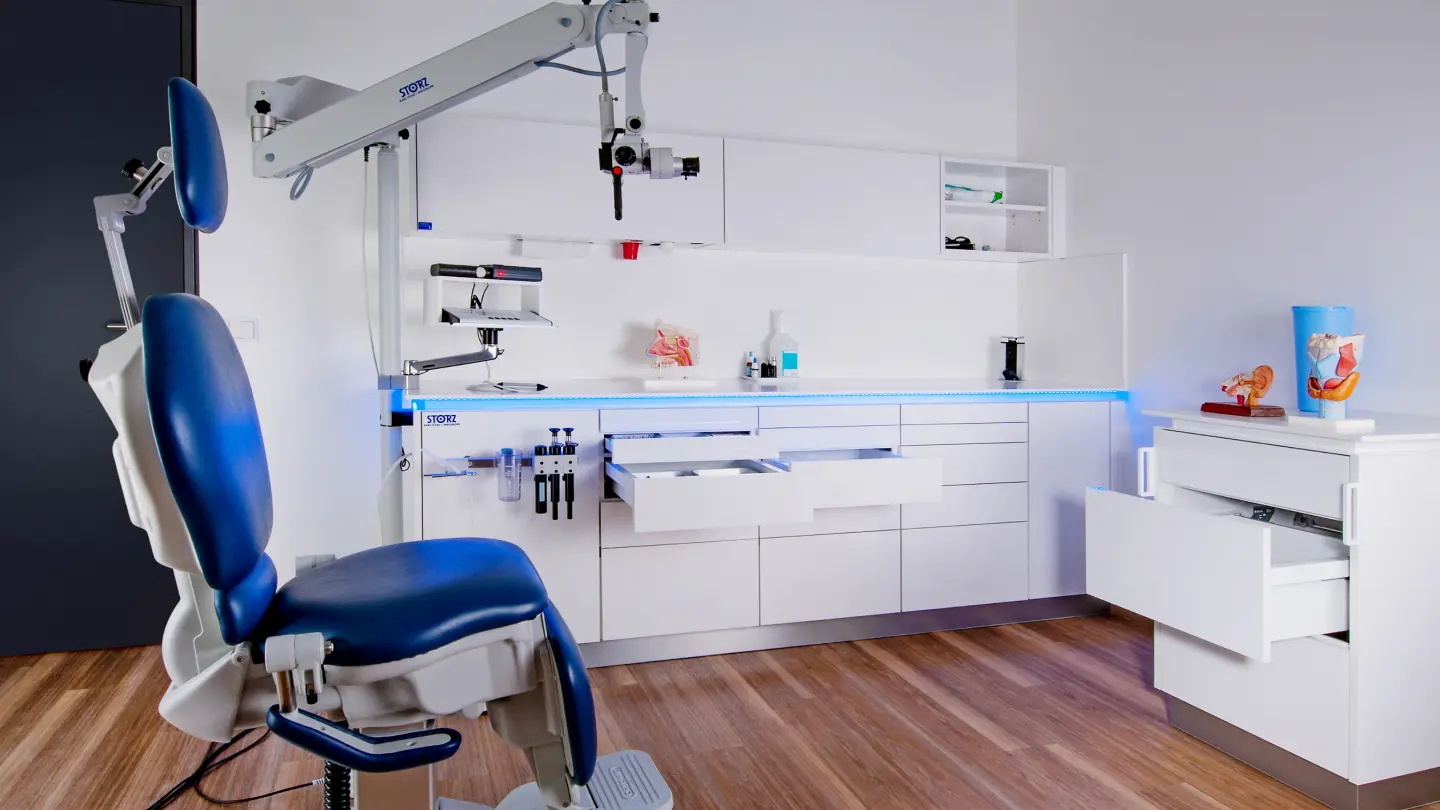
OFFICE1
Modular interiors for your practice
OFFICE1™ is a modular room concept that optimizes the structure, workflow, and quality of the medical examination process.
LEARNING
Empowering through education
We understand that the importance of targeted education, continuing learning, and professional development increases with the complexity of surgical techniques and the instruments and devices associated with them. Through customised training courses, workshops, and congresses, we endeavor to support physicians and their assistants worldwide.
CONTACT Get in touch with your specialist
From imaging and instrumentation to power units and OR integration, our team of specialists will be happy to assist you with everything you need for neurosurgery.
